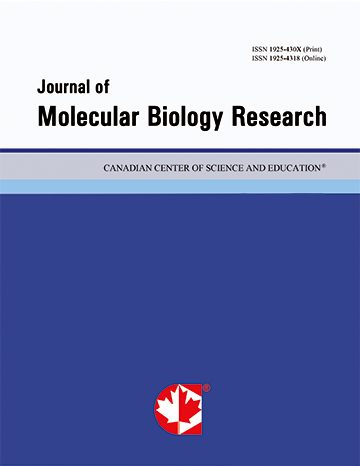Dental Caries among Tasters and Non-Tasters of PTC Substance in Students of Qurna Population
- Hasna Amir Mohaus
Abstract
Objective: Dental caries is one of the most common diseases found in human populations and it is still prevalent and widespread in all around the world. newer strategies emphasize disease prevention as a model of disease management. For early detection and monitoring of caries rather than treatment Taste has valuable roles in our lives in health and disease. genetic markers such as PTC substance taste ability may represent a useful tool to predict the susceptibility to caries. This study aims to investigate the relationship between the taste ability of phenylthiocarbamide (PTC) substance and dental caries.
Materials and Methods: The current study was conducted from November 2017 to April 2018 in Qurna and Madiana population/Basrah/Iraq, PTC taste sensitivity was determined among random sample of (406) student from primary and secondary schools; 216 males and 190 females, their ages ranging from (6-17) years old. For dental caries assessment, dmft/DMFT scores were recorded. Individuals were divided into three groups (low, high and very high) according to their dental caries severity in addition to the free caries individuals.
Results: The proportion of tasters were higher as compared to non-tasters in this sample. The results showed an increase in the prevalence of caries among primary(68%) and secondary (57.6%) school’s students respectively and for both of them (64.03%). In primary school; females had an elevated percentage of caries (73.1%) compared to their counterpart males (65%). The results of this study did not show a significant relationship between the taste of PTC substance and dental caries, with equal proportions of caries prevalence among tasters and non-tasters (P > 0.05). However, the results showed significant differences in age effect in the prevalence of dental caries among primary and secondary students as it increased in individuals of the age group (6-12) years compared to the age group (13-17) years.
Conclusion: The results of this study did not show a significant relationship between the taste of PTC substance and dental caries. In other hand age have a significant influence especially in primary age school and females were more affected than males. The appearance of the two phenotypes of PTC taste may be due to the involvement of other genes, rather than the PTC gene only, including CA6 gene and its variation , which in turn affects the pH capacity of the saliva, a factor associated with tooth decay. Due to the multifactorial nature of dental caries, the individual’s vulnerability may differ from one to another. In addition, particularly regarding diet, part of the strategy to be adopted can be defined as health promotion by preventing the occurrence of the disease rather than treatment. Integrating a healthy dietary regimen into the daily routine can have a real influence on oral health and can be regarded as a primary step towards caries prevention. future research efforts should continue to emphasize early detection and caries prevention strategies.
- Full Text:
 PDF
PDF
- DOI:10.5539/jmbr.v9n1p82
Index
Contact
- Grace BrownEditorial Assistant
- jmbr@ccsenet.org
